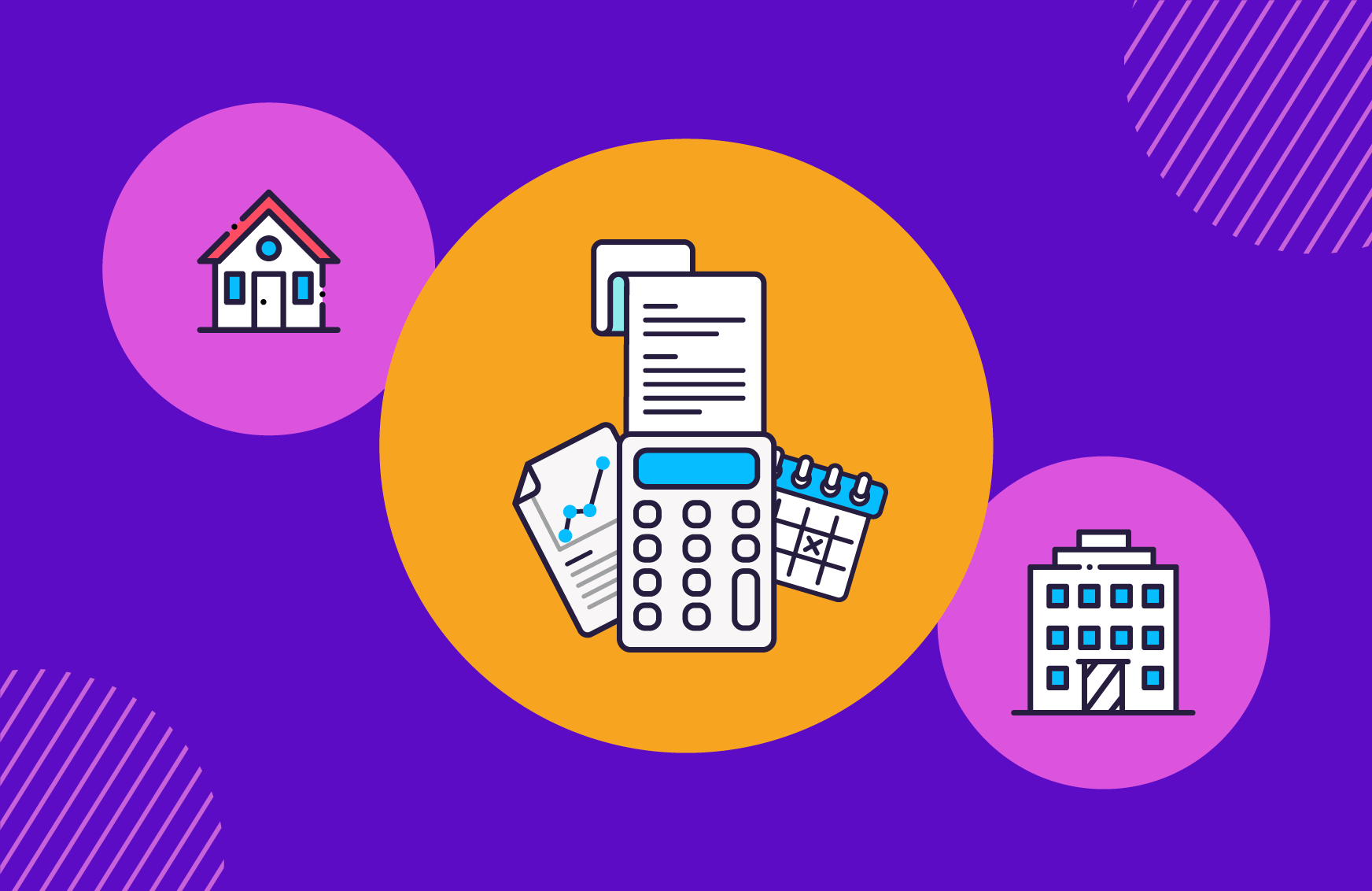The simple, non-scary guide to VAT and your small business
VAT registration is compulsory for some businesses, and unfortunately quite complicated. Here we look at the basics of registration, charging VAT and reclaiming the VAT you don’t have to pay.
Whether you’re starting a new business, keeping things going day to day, or working on your growth, the last thing you probably want to think about is paperwork. Some paperwork is unavoidable though, and for many businesses VAT falls into that category.
Do you need to register for VAT?
At the time of writing, a business must register for VAT if:
- It has a turnover of more than £85,000 in any 12 month period (it usually goes up slightly each April).
- It expects to go over that threshold within the next 30 days (if this is going to be a one-off, it’s possible to apply for an ‘exception from registration’).
- If it buys goods costing more than £85,000 from EU VAT registered suppliers to use in its business (even if its sales total is below that).
Most businesses can register online quite easily, or your accountant can do it for you if you’d rather leave it to the expert. Your VAT registration certificate will arrive in about 14 working days. It’s not a particularly shiny certificate, but it’s still important.
The VAT Rates you need to know about
VAT is charged at two rates - the ‘standard rate’ is 20% of the price you’re charging, and the reduced rate is 5%.
For some things, VAT isn’t charged at all:
- Goods or services you buy and use outside of the EU, subject to a few conditions.
- Statutory fees such as the London congestion charge.
- Goods you sell as part of a hobby.
- Donations to a charity, if given without receiving anything in return.
HMRC also publishes a list of ‘exempt’ goods and services, including equipment or products for the disabled, children’s clothes, and baby products.
The rules can be quite specific, so it’s important to check the regulations for your specific product and industry.
VAT Returns and the Flat Rate Scheme
VAT that you charge to customers must be paid to HMRC on a regular basis through VAT Returns, which can be done easily online.
You can subtract the VAT you pay on goods and services from the VAT you charge customers, so you can reclaim what you’ve already paid out.
Businesses with a turnover of £150,000 (excluding VAT) or less can apply a flat rate to the VAT they pay to HMRC. This means they don’t have to do calculations on a per invoice basis or report detailed information on the VAT portion of what they spend running the business. It makes completing VAT returns a lot simpler.
The flat rates vary by business type, and HMRC publishes a list. An additional rule called ‘limited cost trader’, coming in on 1 April 2017, sets a payment rate of 16.5% for business likely to have low expenditure levels.
Time to call an accountant, if you haven’t already...
Navigating VAT is complicated and time-consuming - many small business owners find it pretty tricky - so it’s a good idea to get your accountant to help.
Your accountant is the best person to help you decide the best VAT payment timetable, complete returns and make payments on your behalf. They’ll also make it easier to understand which goods and services you should – and shouldn’t – charge VAT on.
Could all of this change? Probably.
VAT regulations can change at any time. Your accountant should keep you up to date, but you should also check with HMRC to make sure you have the latest info. These are some good places to start:
Learn more about managing the accounting and financial aspect or your startup or small business by reading our latest guide: The Complete Guide To Finance And Accounting For Startups And Small Businesses.
About Solna








